Unlike the peak of the dry season every year, this year the weather is hot and rainy and cold erratically, so Mr. Dang Huy Than in Cu Hue commune (Ea Kar district) often goes to the field to monitor the flowering and fruiting of coffee trees to adjust irrigation water and nutrition accordingly.
Mr. Than’s family has been involved with coffee for nearly 30 years, and farming depends a lot on the weather. Since learning and being guided through the smart coffee farming process, he has learned a lot of new knowledge about garden care. First, he changed his farming habits and saw many benefits.
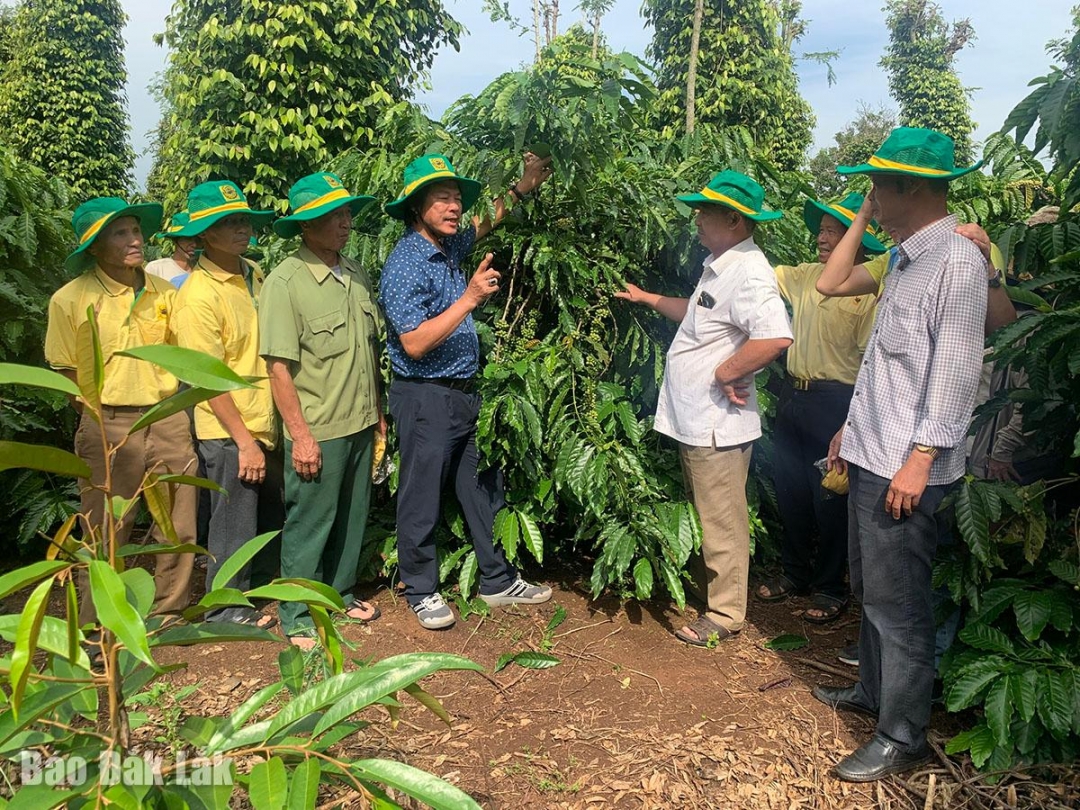 |
| Garden scientist and farmers from Ea Kar district discuss smart coffee cultivation processes. |
Instead of clearing the grass under the tree, Mr. Than considers it a protective layer, increasing humidity for the plants. He also knows how to slow down the growth and prune the branches so that the plants can receive light, ensuring the growth and development process, instead of pruning them all like before. In the coffee garden intercropped with pepper, he also plants many rows of trees to create shade and windbreak.
In village 6, Ea K'pam commune (Cu M'gar district), in the midst of the dry season, the coffee garden intercropped with durian of Mrs. Tran Thi Long's family is lush, with wide canopies and long branches. Mrs. Long is participating in the smart coffee farming model adapting to climate change implemented by the Central Highlands Agricultural and Forestry Science Institute, the National Agricultural Extension Center, the Dak Lak Provincial Agricultural Extension Center and Binh Dien Fertilizer Joint Stock Company.
In the 2-hectare garden, 0.5 hectares are cultivated by Ms. Long in the traditional way, and 1.5 hectares are cultivated using the smart process to compare and contrast the two farming processes. Ms. Long said that cultivating using the smart process requires the gardener to know how to fertilize properly, in the right dosage, and at the right time so that the plants can receive nutrients without wasting them. During the rainy season, the plants must be fed with certain nutrients to help the fruit grow quickly; and at the end of the fruit-growing stage, a type of fertilizer must be applied that ensures adequate nutrition so that the plants produce high-quality fruit with stable yields.
After two years of proper technical care, using nutritional solutions for plants according to the formula given by scientists, Mrs. Long's garden has a low fruit drop rate, and the yield has increased significantly compared to gardens cultivated according to conventional practices. From Mrs. Long's farming model, many farmers in neighboring areas have come to visit and learn how to care for their gardens according to smart processes.
Coffee trees bring high economic value. However, coffee production is facing many unsustainable challenges due to the impact of climate change and farming techniques. In addition, in Dak Lak province, a common phenomenon is the intercropping of coffee with other crops, especially fruit trees, without appropriate farming processes. One of the province's top priorities is to focus on promoting sustainable farming activities in the coffee industry, smart coffee farming adapted to climate change.
Based on the above situation, the "Smart coffee cultivation program adapting to climate change in the period of 2023 - 2025" is jointly implemented in 5 provinces of the Central Highlands in 15 key districts of pure coffee cultivation and intercropping with durian and pepper. Particularly in Dak Lak, there are 4 models of coffee cultivation intercropped with pepper, pure coffee, coffee intercropped with durian participating in the program "Smart coffee cultivation adapting to climate change" of farmers in Cu M'gar, Ea Kar, Krong Pac districts.
Dr. Pham Anh Cuong, Head of Research and Development Department, Binh Dien Fertilizer Joint Stock Company, said that the program aims to find out the shortcomings and limitations and propose a package of smart farming techniques to adapt to climate change in the Central Highlands provinces. Develop a new set of fertilizer products suitable for coffee production (monoculture, intercropping), with high economic efficiency; have the effect of stabilizing and improving soil fertility, limiting soil-borne diseases and reducing greenhouse gas emissions.
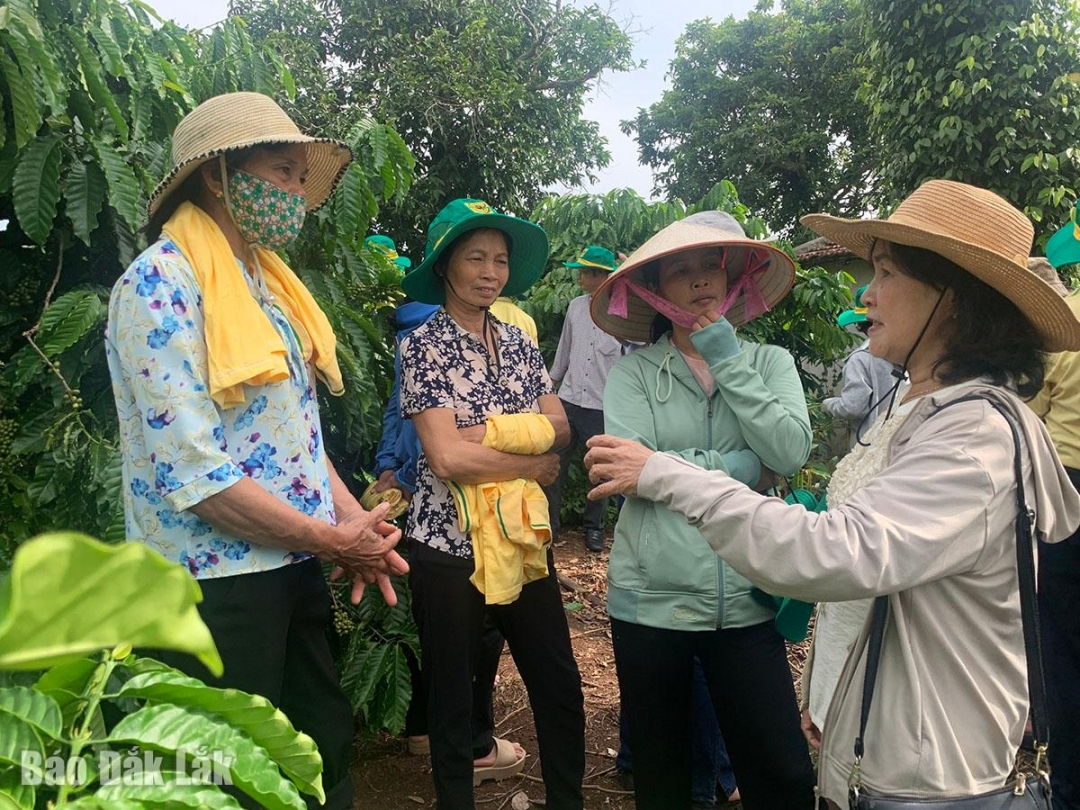 |
| Farmers in Krong Pac district discuss with scientists about smart coffee care methods. |
The “smart” solution that the program aims for is not to find a smart device but to put coffee growers at the center, aiming to awaken the potential, helping farmers “understand” their land better, thereby helping them to be smart not only in how to care for their crops but also in the production process and market approach. In addition, the program also focuses on researching 3 main soil groups in the Central Highlands, including: gray soil, basalt soil and alluvial soil with the goal of understanding the laws of each type of soil, changes in climate change conditions and specific impacts on crop yields.
Dr. Truong Hong, former Director of the Central Highlands Agricultural and Forestry Science Institute, shared that smart farming is not a sophisticated, academic term. Smart coffee farming, adapting to climate change, first of all needs to do a number of things such as: increasing the use of new varieties, farmers need to buy varieties of the right origin. For grafted coffee, it should be planted in rows because each coffee variety has different characteristics, so planting in rows will be easier to manage and harvest. Diversify products on coffee gardens such as intercropping with other plants and using balanced and adequate fertilizers.
The application of new farming techniques is expected to not only help increase coffee productivity and quality but also be a sustainable solution to help coffee growers adapt to increasingly unfavorable and unpredictable weather conditions. Through the evaluation results of these models, the program will continue to deploy and replicate the models in the coming time, contributing to improving production efficiency for farmers in the Central Highlands provinces.
Source: https://baodaklak.vn/kinh-te/202504/ve-vuon-xem-nong-dan-canh-tac-ca-phe-thong-minh-22b18c3/


![[Photo] General Secretary To Lam receives Russian Ambassador to Vietnam](https://vstatic.vietnam.vn/vietnam/resource/IMAGE/2025/4/2/b486192404d54058b15165174ea36c4e)


![[Photo] Third meeting of the Organizing Subcommittee serving the 14th National Party Congress](https://vstatic.vietnam.vn/vietnam/resource/IMAGE/2025/4/2/3f342a185e714df58aad8c0fc08e4af2)




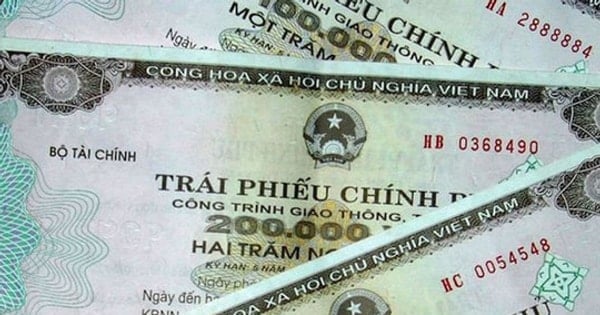
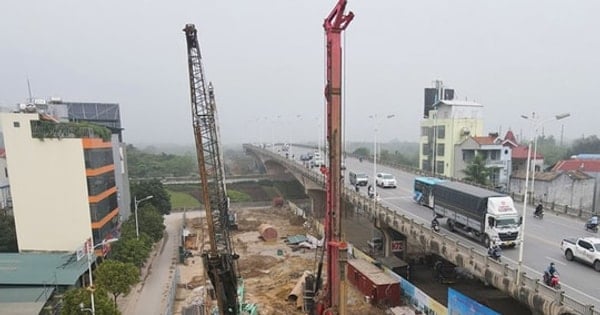
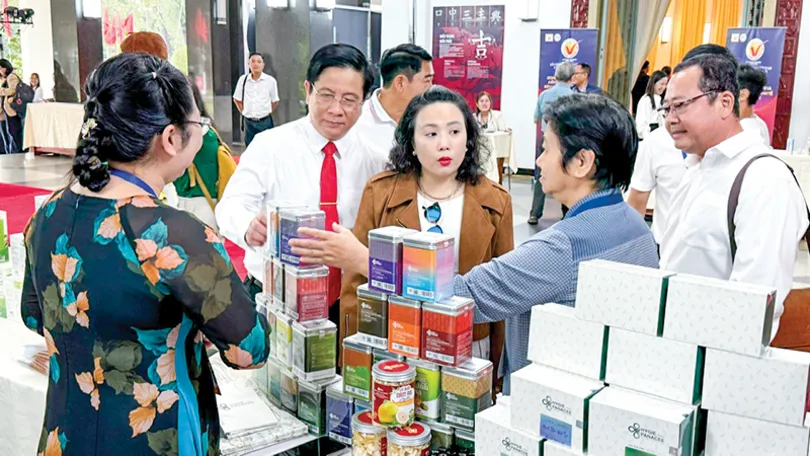
![[Infographic] How does the State Bank of Region 12, including the Southeast provinces, operate?](https://vstatic.vietnam.vn/vietnam/resource/IMAGE/2025/4/2/91d2fdb1645c450a90c10104437b775b)




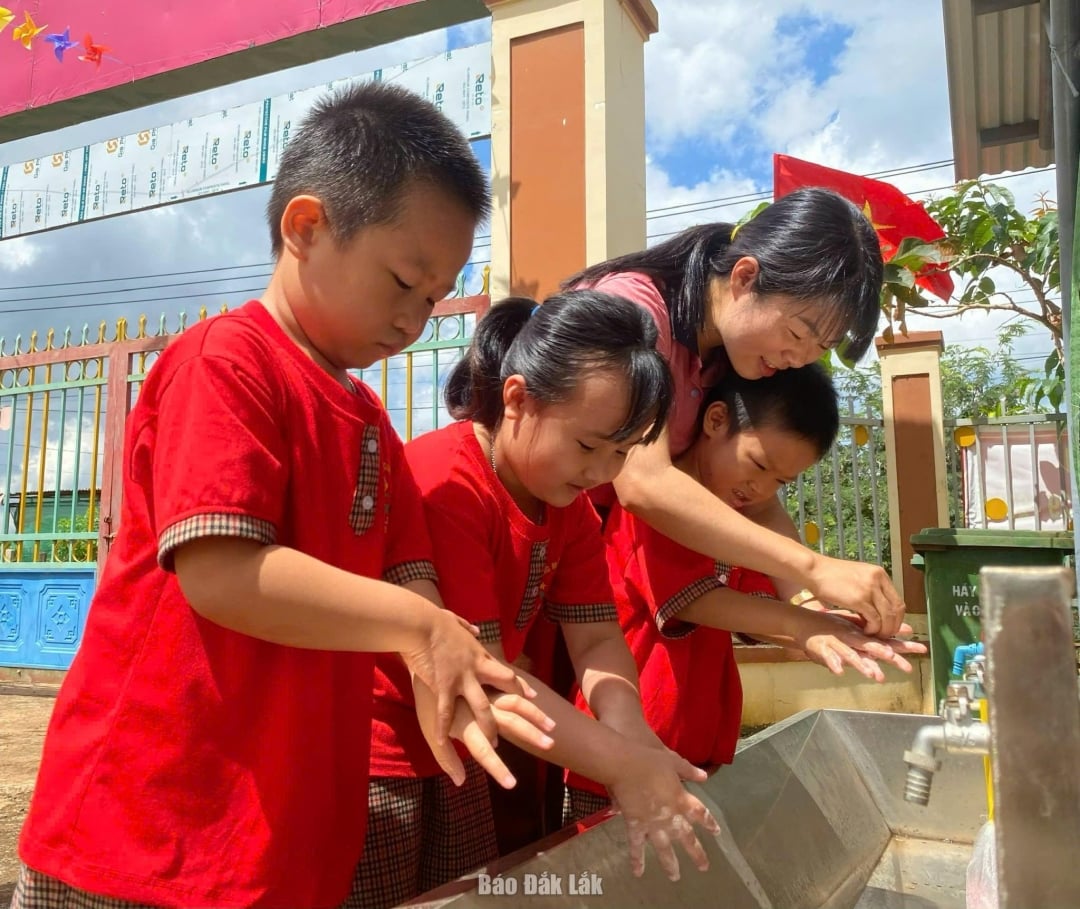


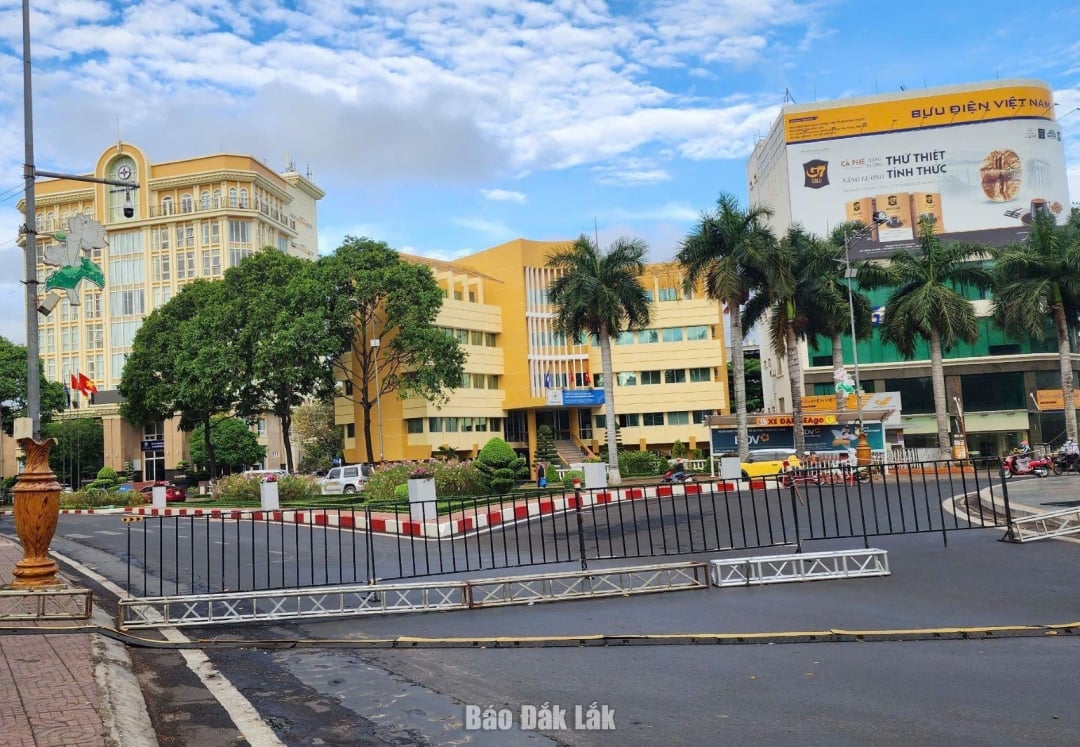
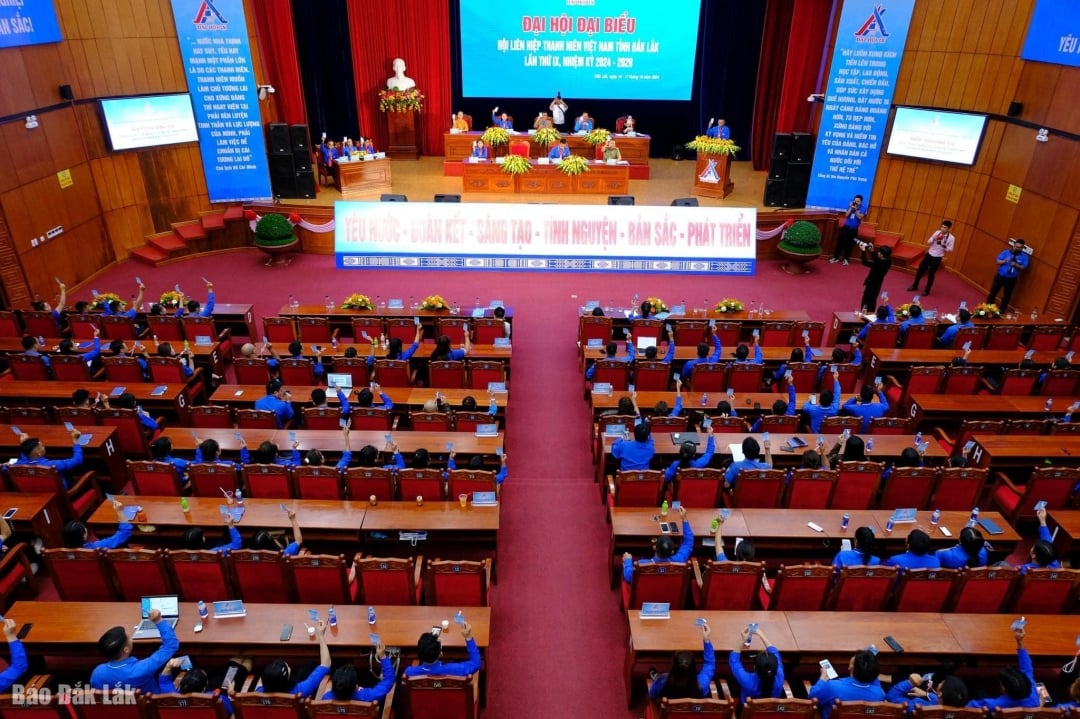
![[Photo] Relatives of victims of the earthquake in Myanmar were moved and grateful to the rescue team of the Vietnamese Ministry of National Defense.](https://vstatic.vietnam.vn/vietnam/resource/IMAGE/2025/4/2/aa6a37e9b59543dfb0ddc7f44162a7a7)













































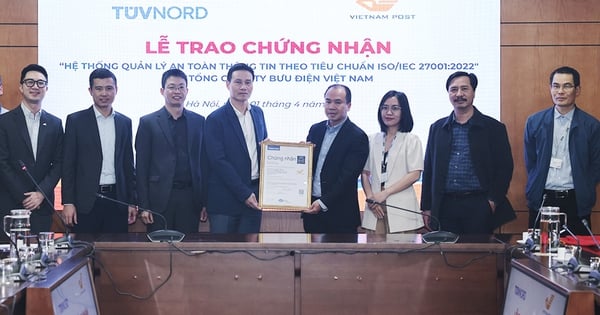



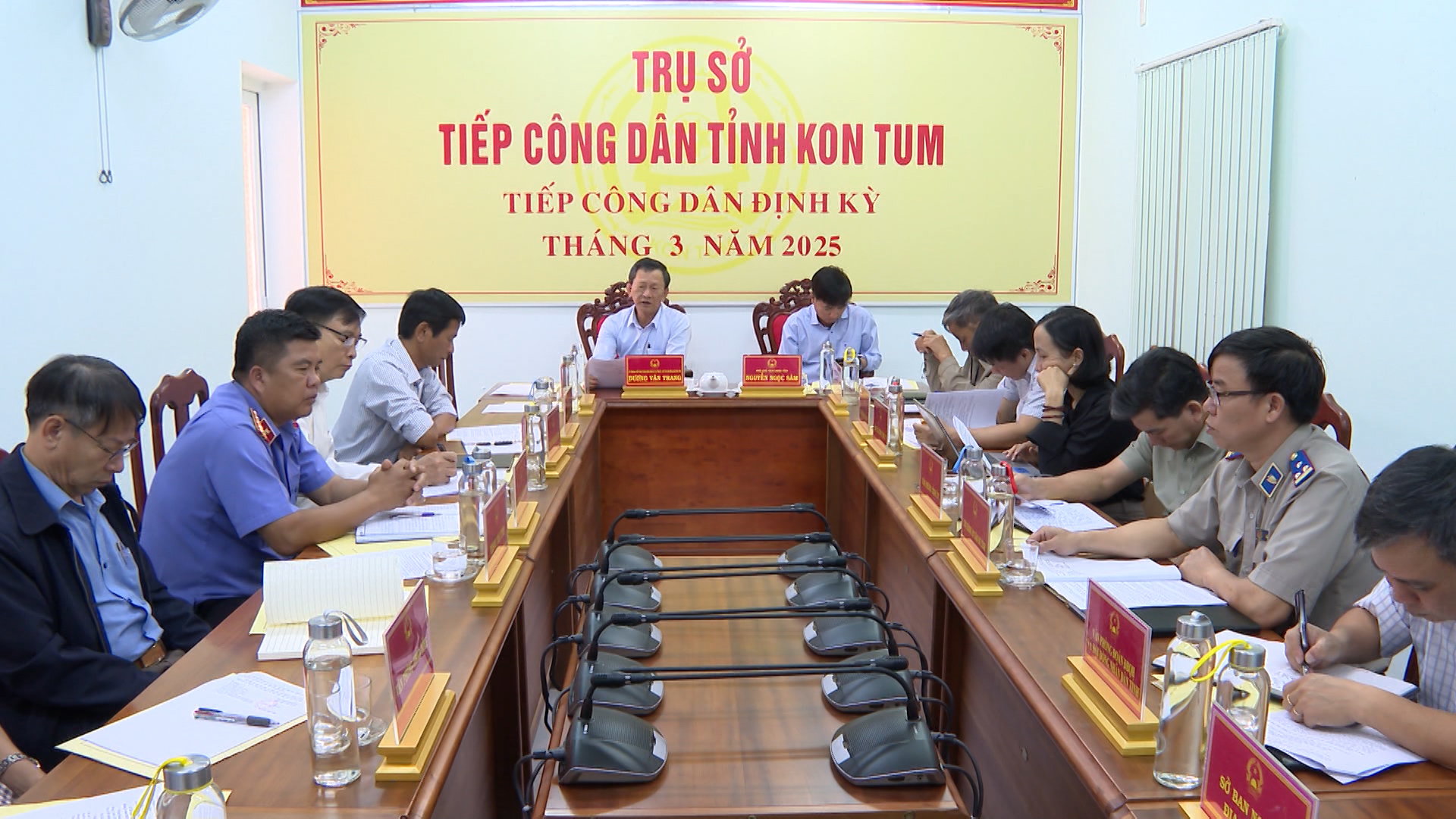



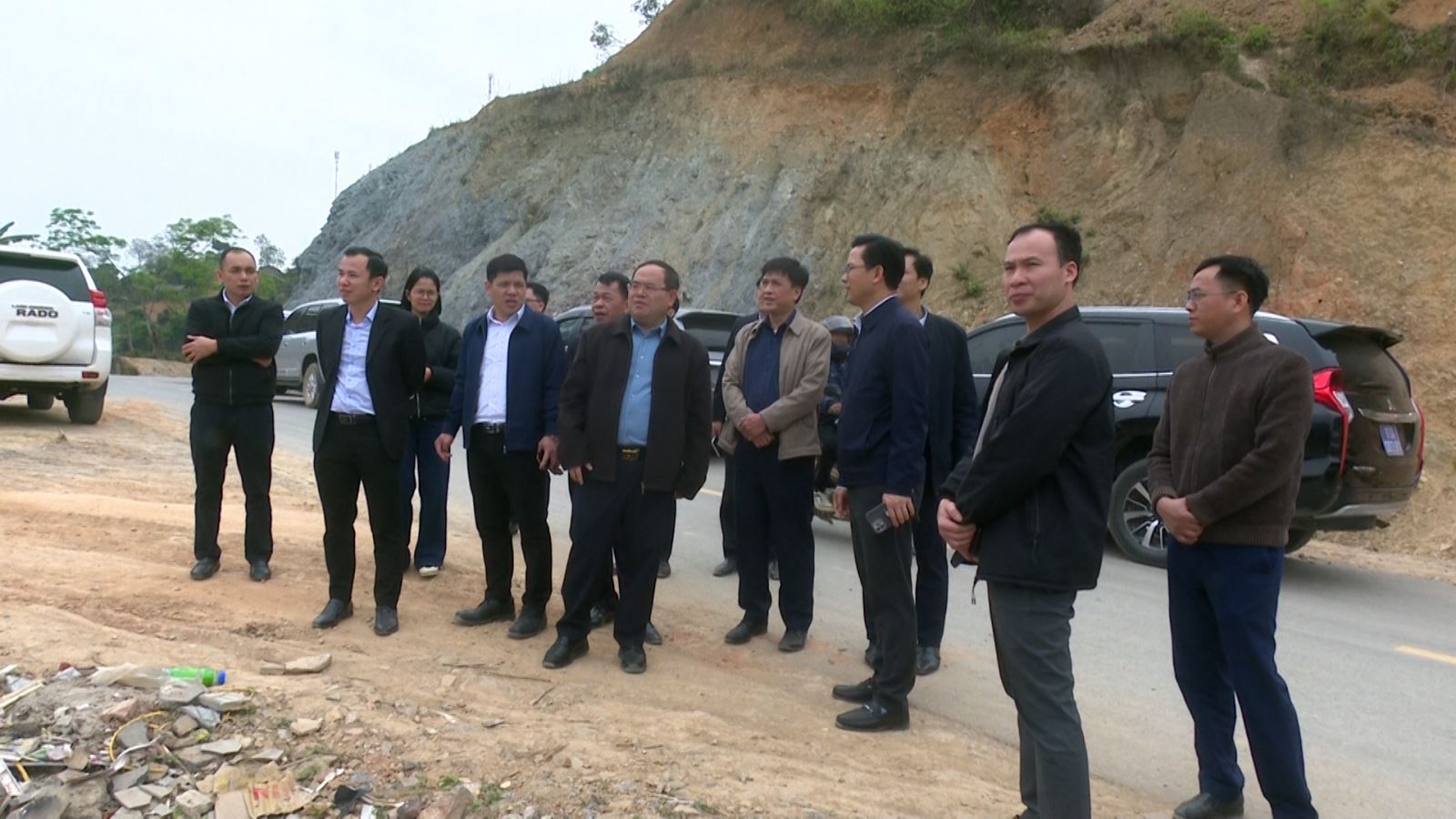
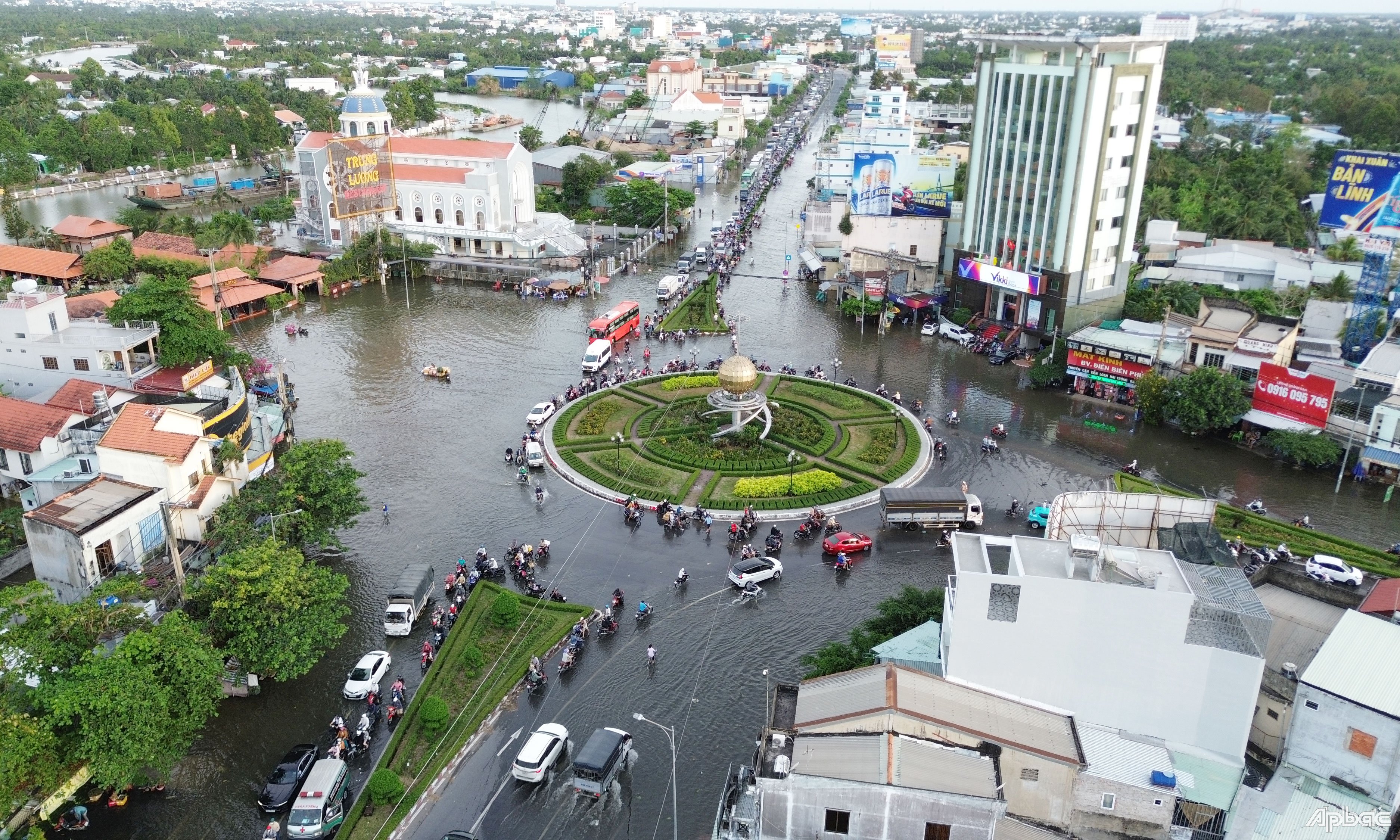













Comment (0)